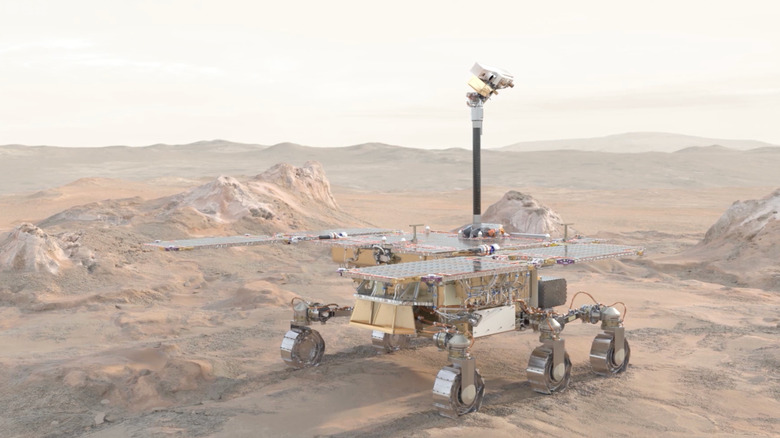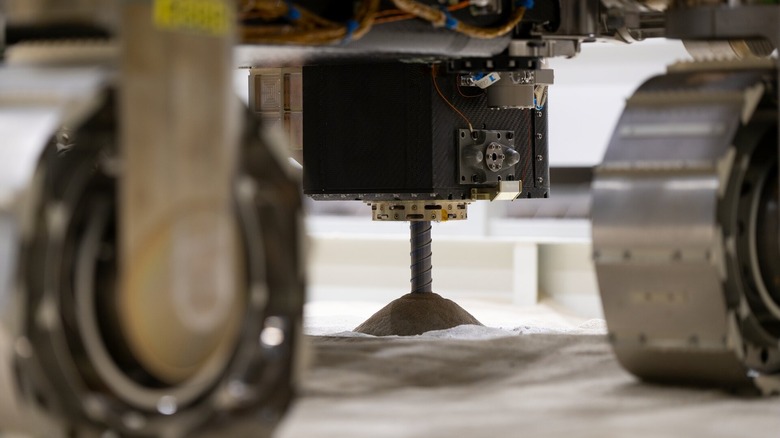This Rover Plans To Search For Life On Mars: Here's How
Mars has seen some traffic in recent years with NASA's Curiosity and Perseverance rovers and China's Zhurong rover exploring the red planet. Soon, another rover will be joining the Mars exploration rush, as the European Space Agency's Rosalind Franklin rover is back on track to head to the planet.
The mission saw some bad luck as it was originally scheduled for 2020, and that launch was delayed due to the pandemic. Then it was going to take place in 2022 as part of a cooperative agreement between the European Space Agency (ESA) and the Russian space agency Roscosmos, but following its invasion of Ukraine, ESA suspended all joint projects with Russia, leaving the future of the mission in doubt.
As Russia had been providing vital components to the mission including a landing vehicle, it was feared that the mission would have to be canceled as there were few options for how to launch the rover without a Russian lander. But now ESA is working to get the mission back on track for a 2028 launch. The aim is for Europe to build its lander, with ESA working with international partners and private industry to get the rover to Mars for its exciting mission: searching for evidence of ancient life on Mars.
"This is a significant milestone in our ongoing exploration of Mars," said ESA Director for Human and Robotic Exploration Daniel Neuenschwander. "The Rosalind Franklin mission represents a major step forward in our understanding of the Red Planet, combining cutting-edge technology with the collective expertise of our European industry and international partners. Together, we are committed to unlock the secrets of Mars and, perhaps, uncover evidence of life beyond Earth."
How the rover will search for ancient life
Scientists believe that there is nothing alive on Mars today, as the planet is inhospitable due to low temperatures, a thin atmosphere, and harsh radiation on the surface. While it is theoretically possible that microbial life could exist underground, there hasn't been any evidence found to suggest that.
However, billions of years ago, Mars looked very different. Scientists know that it once had liquid water on its surface and a thick atmosphere, and it could even have looked rather like Earth. If life ever did exist on Mars, the most likely time for it to have flourished would be during this period.
To look for evidence that this was the case, the Rosalind Franklin rover will dig deeper into the Martian surface than any mission has before, using a drill that has reached as deep as 1.7 meters into the ground. In tests on Earth, a twin of the rover has been able to take samples of around 1 cm in diameter from that depth, and to collect samples for analysis using the instruments it carries in its belly.
"The depth is dictated by the mission scientists' wish list – the research community wants to dig deep to access well-preserved organic material from four billion years ago, when conditions on the surface of Mars were more like those on infant Earth," ESA explains.
In its final form, the rover's drill should be able to reach nearly two meters into the soil, examining the samples it finds there in the hope of uncovering clues about whether Mars ever hosted life.

